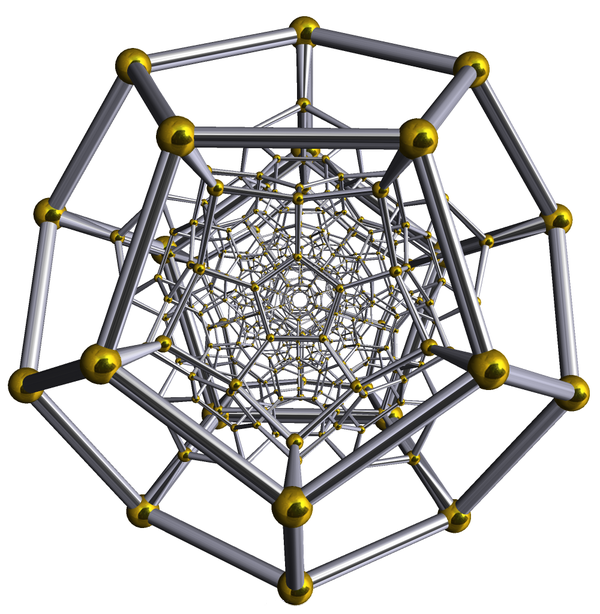This Week’s Finds in Mathematical Physics (Week 298)
Posted by John Baez
In "week298" of This Week’s Finds, learn about finite subgroups of the unit quaternions, like the binary icosahedral group:

Then meet the finite subloops of the unit octonions. Get a tiny taste of how division algebras can be used to build Lie n-superalgebras that govern superstring and supermembrane theories. And meet Duff and Ferrara’s ideas connecting exceptional groups to Cayley’s hyperdeterminants and entanglement in quantum information theory.
Posted at May 15, 2010 6:06 PM UTC
Re: This Week’s Finds in Mathematical Physics (Week 298)
Yes, well, have fun at the Comlab conference, and say hi to Louis and Bob and Jamie and them from me. (I’ll just be sitting in my icy cold room, as usual, eating my beans and noodles and wondering about how I am going to get my next waitressing job.)